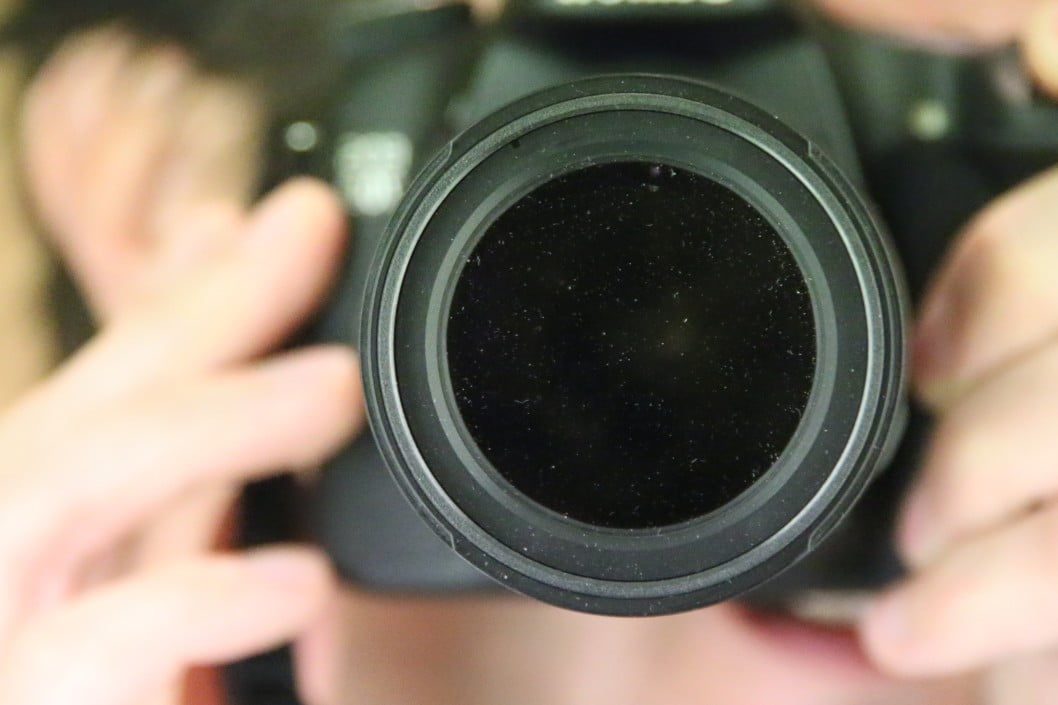If you are shopping around for a new camera you may be wondering about megapixels and how they relate to image quality. Is there a difference between 16MPvs 20MP digital cameras? The best digital cameras, after all, tend to reach or go beyond these metrics. Keep reading to learn more about megapixels.
KEY TAKEAWAYS:
- The difference between a 16MP and a 20MP digicam will be slight, though the latter should feature a subtle increase in image quality.
- MP stands for megapixels and modern digital cameras often include large image sensor sizes that go well beyond 20MP.
- The more megapixels available, the more sensitive to light a given image sensor will be. Light sensitivity translates to greater detail.
Comparing 16MP and 20MP Digital Cameras
The obvious difference is the number of megapixels the image sensor can process. It is worth noting that a jump from 16 megapixels to 20 megapixels will not result in a large difference in image quality, though there may be some subtle differences. The contrast in image quality will not be as stark as, say when comparing point and shoot cameras vs SLR cameras.
There may be some other differences when it comes to comparing 16MP cameras and 20MP cameras.
Insider Tip
Megapixels are not the only metric by which to measure the efficacy of a camera. The sensors matter, as do the lenses and other components.
Sensor Size
Generally speaking, the number of megapixels available with a digital camera will correlate to the size of the image sensor. Though modern camera manufacturers have begun stuffing many megapixels into smaller and smaller image sensors. For instance, modern smartphones can include 48 megapixels or more and the sensors included with a smartphone camera are certainly much smaller than what is found with a traditional digital camera. Of course, larger image sensors result in more detailed photos which leads to larger file sizes. This can be important if you are comparing Bluetooth vs Wi-Fi digital cameras.
Light Sensitivity
The more megapixels available with a digital camera should increase its overall sensitivity to light. In other words, the image sensor will be able to display more light in digital photos, meaning whiter whites and deeper blacks. It is light, after all, that creates a digital image in the first place. So, if you want a little more light sensitivity, choose a 20MP sensor over a 16MP sensor.
Pixel Level and Pixel Size
Obviously, more megapixels translate to higher-quality images. Smaller pixels result in more detail while a larger pixel results in less detail. The more megapixels available with a given camera, the smaller the pixels are allowed to be as they display digital images. So, with this in mind, a 20MP digital camera will boast a bit more resolution than a 16MP camera, thanks to the larger pixel number.
F.A.Q.S
What’s the difference between HD and megapixel cameras?
HD cameras are still megapixel cameras, they just feature larger sensors, making them higher resolution cameras. Compact cameras tend to feature fewer megapixels than dedicated digicams.
How to choose the best camera phone: Sensor size vs megapixels?
Sensor size and megapixels are typically correlated, though a camera phone will not be able to use interchangeable lenses that adhere to the micro four thirds standard. Though modern phones do usually include high resolution cameras and high resolution sensors.
How many megapixels do you need for 4K, 8K, HD, and 1080p?
This will depend entirely on how detailed you want the image to be and the overall image size. There is no hard and fast rule.
STAT: A camera that makes a 2048 × 1536 pixel image (3,145,728 finished image pixels) typically uses a few extra rows and columns of sensor elements and is commonly said to have “3.2 megapixels” or “3.4 megapixels”, depending on whether the number reported is the “effective” total” pixel count. (source)



































![Best Point and Shoot Camera in [year] ([month] Reviews) 27 Best Point and Shoot Camera in 2026 (January Reviews)](https://www.gadgetreview.dev/wp-content/uploads/Nikon-Coolpix-B500.jpg)
![Best Underwater Camera in [year] ([month] Reviews) 28 Best Underwater Camera in 2026 (January Reviews)](https://www.gadgetreview.dev/wp-content/uploads/best-underwater-camera-image.jpg)
![Best Digital Cameras in [year] ([month] Reviews) 29 Best Digital Cameras in 2026 (January Reviews)](https://www.gadgetreview.dev/wp-content/uploads/what-is-resolution-on-digital-camera-1.jpg)
![Best Digital Camera Docking Stations in [year] 30 Best Digital Camera Docking Stations in 2026](https://www.gadgetreview.dev/wp-content/uploads/best-digital-camera-docking-stations-image.jpg)
![Best Vlogging Camera in [year] ([month] Reviews) 31 Best Vlogging Camera in 2026 (January Reviews)](https://www.gadgetreview.dev/wp-content/uploads/best-vlogging-camera-image.jpg)
![Best Mirrorless Camera in [year] ([month] Reviews) 32 Best Mirrorless Camera in 2026 (January Reviews)](https://www.gadgetreview.dev/wp-content/uploads/best-mirrorless-camera-image.jpg)
![Best GoPro in [year] ([month] Reviews) 33 Best GoPro in 2026 (January Reviews)](https://www.gadgetreview.dev/wp-content/uploads/best-gopro-image.jpg)
![Best Digital Camera Tripods in [year] 34 Best Digital Camera Tripods in 2026](https://www.gadgetreview.dev/wp-content/uploads/best-digital-camera-tripods-image.jpg)
![Best Canon Digital Cameras in [year] 35 Best Canon Digital Cameras in 2026](https://www.gadgetreview.dev/wp-content/uploads/best-canon-digital-cameras-image.jpg)
![Best Polaroid Digital Cameras in [year] 36 Best Polaroid Digital Cameras in 2026](https://www.gadgetreview.dev/wp-content/uploads/best-polaroid-digital-cameras-image.jpg)
![Best Small Digital Camera Cases in [year] 37 Best Small Digital Camera Cases in 2026](https://www.gadgetreview.dev/wp-content/uploads/best-small-digital-camera-case-image.jpg)
![Best Digital Camera USB Cables in [year] 38 Best Digital Camera USB Cables in 2026](https://www.gadgetreview.dev/wp-content/uploads/best-digital-camera-usb-cable-image.jpg)
![Best Digital Camera Bags in [year] 39 Best Digital Camera Bags in 2026](https://www.gadgetreview.dev/wp-content/uploads/best-digital-camera-bag-image.jpg)
![Best Sony Digital Cameras in [year] 40 Best Sony Digital Cameras in 2026](https://www.gadgetreview.dev/wp-content/uploads/best-sony-digital-cameras-image.jpg)
![Best Panasonic Digital Cameras in [year] 41 Best Panasonic Digital Cameras in 2026](https://www.gadgetreview.dev/wp-content/uploads/best-panasonic-digital-cameras-image.jpg)
![Best Digital Camera Accessories in [year] 42 Best Digital Camera Accessories in 2026](https://www.gadgetreview.dev/wp-content/uploads/best-digital-camera-accessories-image.jpg)
![Best Kodak Digital Cameras in [year] 43 Best Kodak Digital Cameras in 2026](https://www.gadgetreview.dev/wp-content/uploads/best-kodak-digital-cameras-images.jpg)
![Best Video Cameras in [year] ([month] Reviews) 44 Best Video Cameras in 2026 (January Reviews)](https://www.gadgetreview.dev/wp-content/uploads/best-video-cameras-image.jpg)
![Best Compact Cameras in [year] 45 Best Compact Cameras in 2026](https://www.gadgetreview.dev/wp-content/uploads/best-compact-camera-image.jpg)
![Best Digital Cameras with Wifi in [year] 46 Best Digital Cameras with Wifi in 2026](https://www.gadgetreview.dev/wp-content/uploads/best-digital-camera-with-wifi-image.jpg)



















